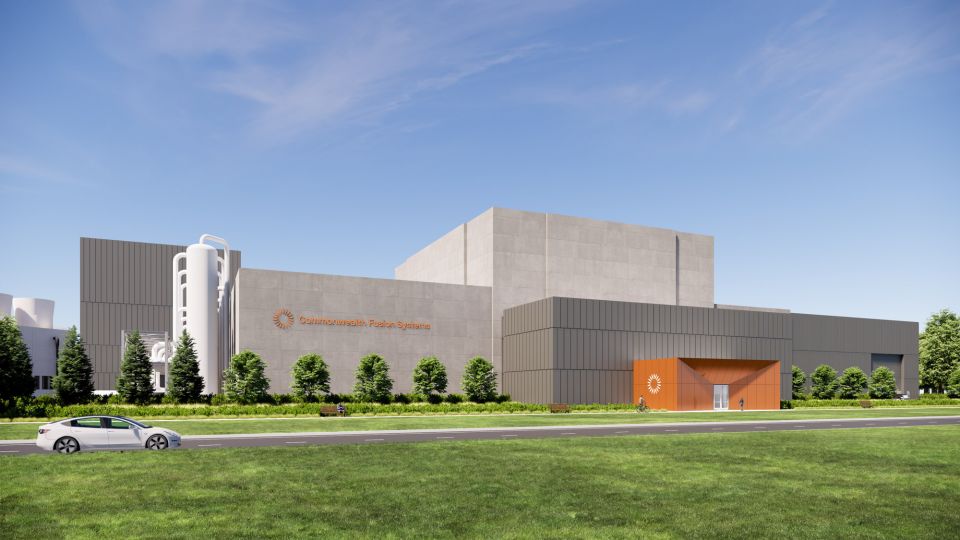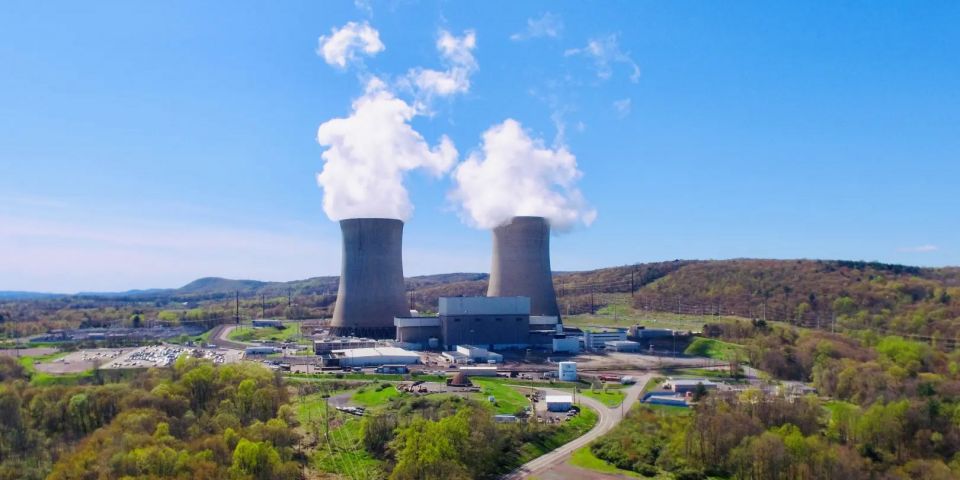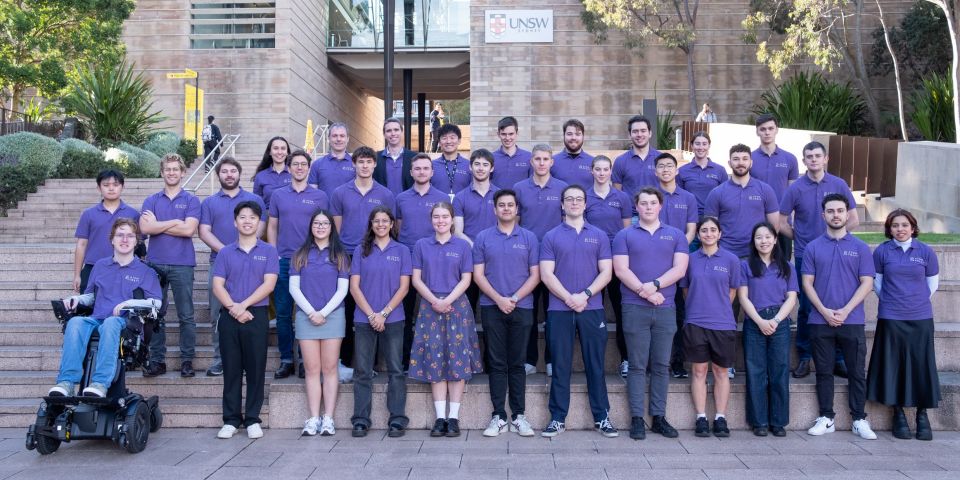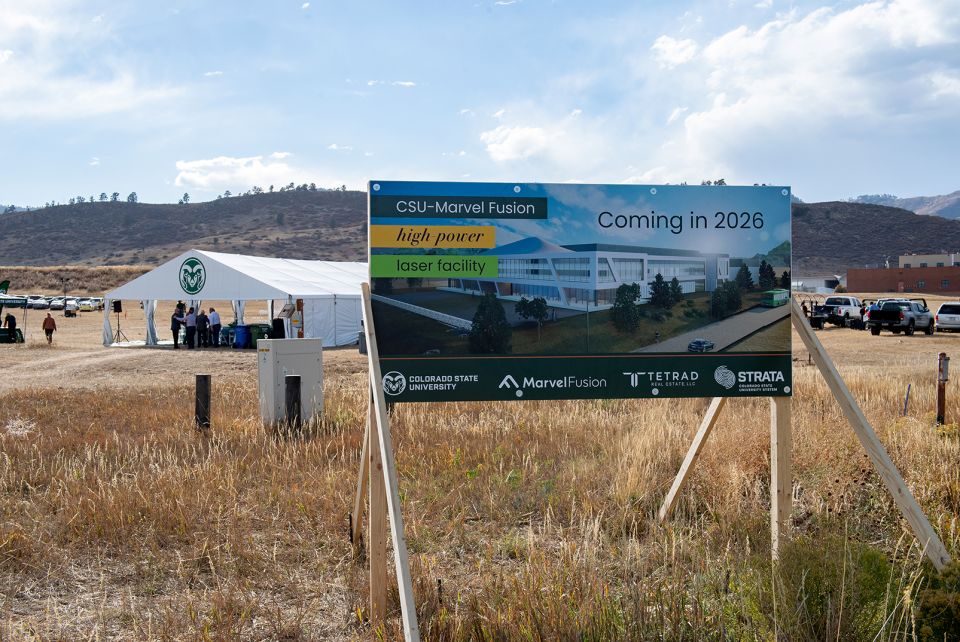The promise: The research team believes the findings show that dynamic control of a fusion plasma using AI could solve other plasma instabilities that stand in the way of sustained magnetic confinement fusion. Their research was described in a February 21 PPPL press release and was published in Nature on February 22.The team was led by Egemen Kolemen, an associate professor of mechanical and aerospace engineering at Princeton’s Andlinger Center for Energy and the Environment, as well as a staff research physicist at PPPL. The work was supported by the Department of Energy’s Office of Fusion Energy Sciences, as well as the National Research Foundation of Korea.
“Previous studies have generally focused on either suppressing or mitigating the effects of these tearing instabilities after they occur in the plasma,” said first author Jaemin Seo, an assistant professor of physics at Chung-Ang University in South Korea who performed much of the work when he was a postdoctoral researcher in Kolemen’s group. “But our approach allows us to predict and avoid those instabilities before they ever appear.”
Applied AI: Tearing mode instabilities are plasma disturbances in which the magnetic field lines within a plasma actually break, creating an opportunity for the plasma to escape. The Princeton team used data from past experiments at the DIII-D tokamak to construct a “neural network” that could predict the chance of a future tearing instability based on real-time plasma characteristics.
Next, they used the neural network to train a reinforcement learning algorithm that could test strategies for controlling the plasma in a simulated environment, learning through trial and error which strategies worked to quell the instability.
“We don’t teach the reinforcement learning model all of the complex physics of a fusion reaction,” said Azarakhsh Jalalvand, a research scholar in Kolemen’s group. “We tell it what the goal is—to maintain a high-powered reaction—what to avoid—a tearing mode instability—and the knobs it can turn to achieve those outcomes. Over time, it learns the optimal pathway for achieving the goal of high power while avoiding the punishment of an instability.”
After extensive work training and tweaking their model, the research team tested it during an actual fusion experiment at the D-III D tokamak and observed the controller making real-time changes to guide the tokamak through a “valley of tearability.” The controller changed parameters to avoid the onset of instability, including changing the shape of the plasma and the power input.
Next steps: The team wants to repeat their testing of the AI controller with the DIII-D tokamak, then adapt it to perform the same functions for other tokamaks, according to PPPL. Potential future research could expand the algorithm to handle different plasma control problems at the same time.
“We have strong evidence that the controller works quite well at DIII-D, but we need more data to show that it can work in a number of different situations,” said Seo. “We want to work toward something more universal.”











